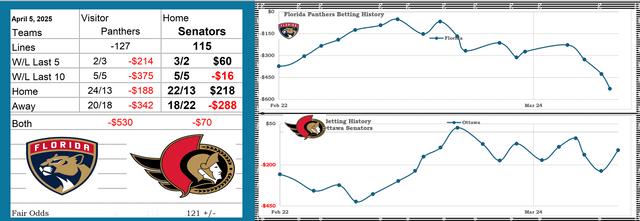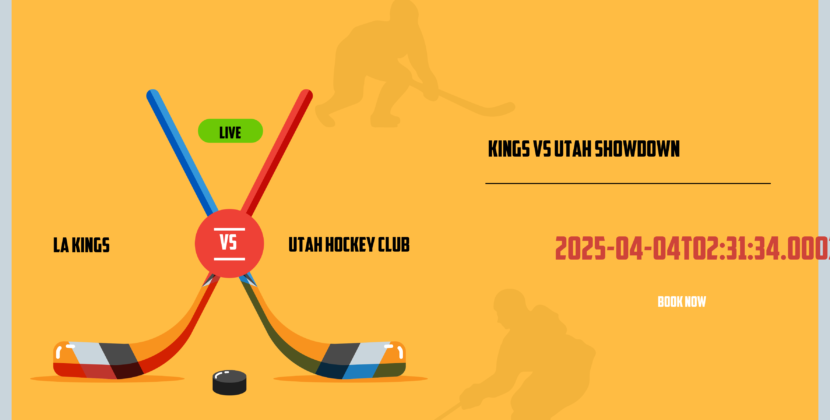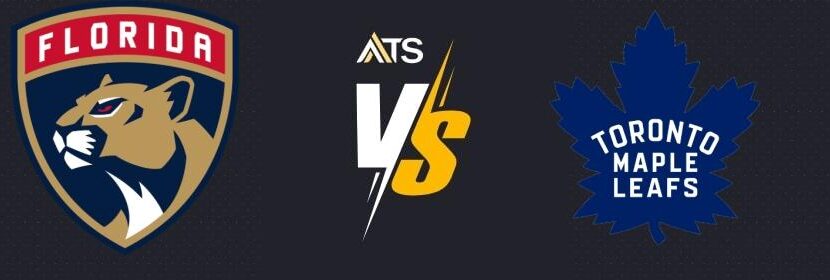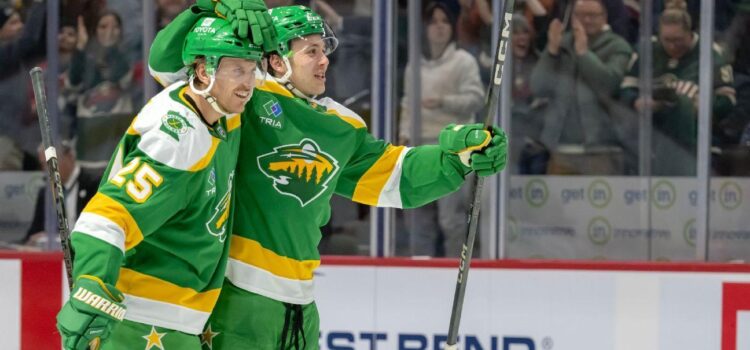
Let’s dive straight into the whirlwind that is the Kirill Kaprizov Minnesota Wild season. With twists and turns that nobody saw coming, Kaprizov’s injury has thrown a wrench into the team’s smooth ride. But isn’t life all about surprises? Kaprizov finds himself sidelined thanks to a lower-body injury—with surgery on the table—and the Wild grapple with a world without their star, for now.
Facing the Storm Without Kirill Kaprizov Minnesota Wild
Kaprizov’s injury isn’t just a hiccup; it feels like a full-on hurricane of chaos. Heck, with a stellar 50 points and 35 goals in 37 games, losing him is like losing your prized chef in the middle of a dinner rush. This leads to some edgy games, as the Wild count their grains of sand in fifth place in the Western Conference securing 62 points—only to face a bitter slice of pie, having lost 6 out of their last 10 games. How can they steer back on course without their compass, Kaprizov?
The Hole Left by Kaprizov: A Gaping Void
Just imagine, you’re watching your favorite movie only to lose colour halfway through—frustrating, right? Kaprizov’s absence is much like that missing. His dynamic energy and precision has been central, and now the Wild must tread carefully through shark-infested waters without him.
Plugging Gaps: Roster Shake-Up
Step up, Ben Jones! Recently pulled up from Iowa’s AHL affiliate, Jones aims to prevent the ship from taking on too much water. His experience in the NHL might be limited—cue his two games stint with the Vegas Golden Knights last November—but now, the spotlight’s on him, thanks to his promotion to cover the Kirill Kaprizov Minnesota Wild hiatus. Can he help steady this unsteady ship?
Kaprizov’s Leadership Absence and New Dynamics
Kirill Kaprizov Minnesota Wild fans know his absence isn’t just physical. The team misses his leadership. During these turbulent times, glimmers of leadership arise from unexpected players. It’s like finding a forgotten compass when lost at sea. His temporary absence might just push others to fill his shoes in unexpected ways.
The General’s Strategy: Bill Guerin’s Thoughtful Game Plan
Calm and collected, that’s Bill Guerin for you. Wild’s General Manager isn’t here to panic-trade away the future. Instead, he focuses on thoughtful recovery, akin to treating a scratch before it becomes a scar. As fans eagerly await Kaprizov’s return, Guerin emphasizes complete recovery over a hurried comeback—not just skating back but returning as the powerhouse he’s always been.
The Game on Ice: Taking on the Islanders
The match against the New York Islanders sure didn’t go as planned, ending in a 2-4 vanishing act despite firing off 36 shots. It encapsulates the team’s current frame—resilient yet hampered by shadowy struggles. When wins are as slippery as ice itself, this game paints a vivid picture of the team’s tenacious spirit in the absence of Kirill Kaprizov Minnesota Wild.
Deadline Blues: Trade Talk Tobogganing
March 7, 2025, looms on the horizon, pressuring the Wild with looming possibilities. Rumours whirl with potential players like Brock Nelson tantalizingly hovering. Celebrities or not, these whispers deepen the narrative as Guerin weighs options, each carrying the potential to revamp or destabilize playoff dreams.
A Look at Numbers: Performance Metrics Matter
For the stat-hungry Wild fans, here’s the current state of play:
| Category | Statistic |
|---|---|
| Matches Played | 47 |
| Current Streak | 4-6 |
| Kaprizov’s Contribution | 50 Points in 37 Games |
| Conference Standing | 5th with 62 Points |
Strategic decisions now are akin to sewing a quilt—every stitch carries weight. Kaprizov’s recovery and how the team adapts to his absence is going to shape this season’s tapestry.
Want to keep your finger on the pulse of NHL news and strategy? Stay in the loop here: NHL Predictions & Picks
Updated: February 1, 2025









